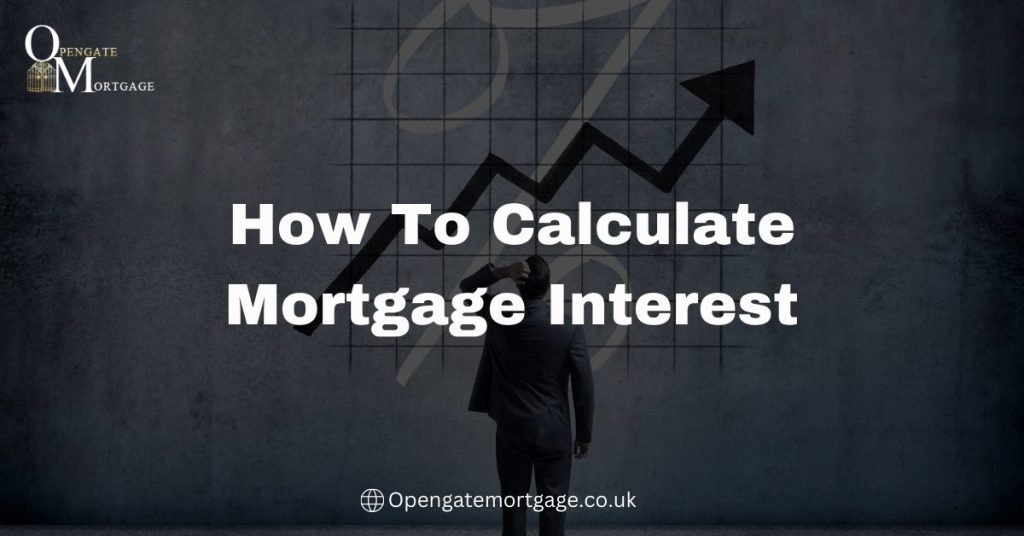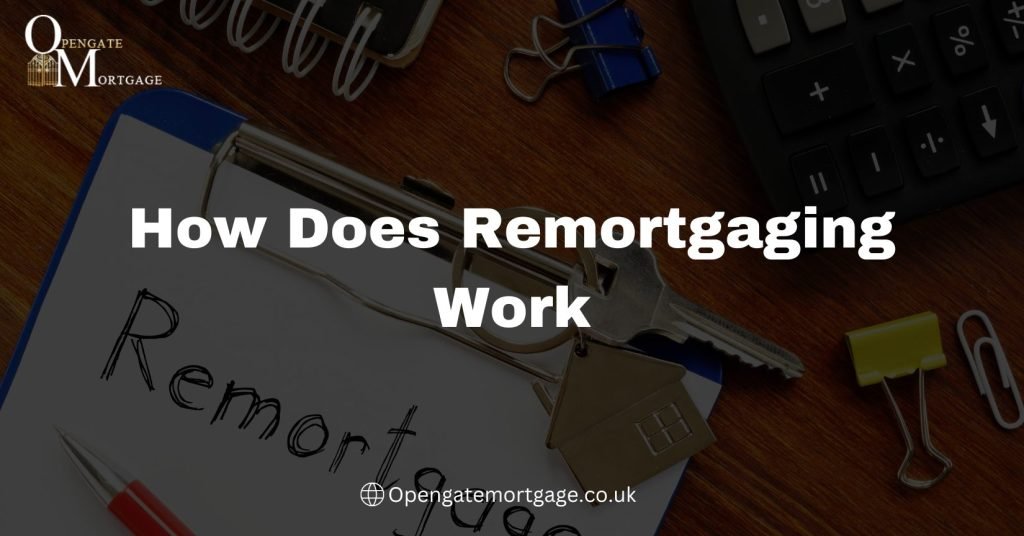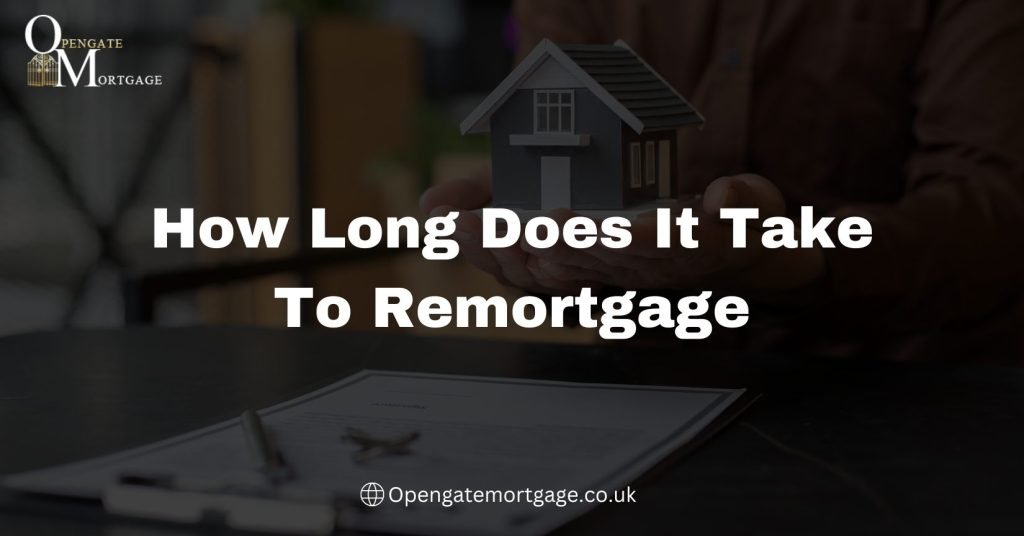As a homeowner, understanding how to calculate mortgage interest is essential to make sure you’re not paying more than necessary and have an accurate picture of your payments. You’ve made one of the biggest financial investments of your life, so taking the time to understand the details of your mortgage agreement is well worth the effort.
When you took out your mortgage, your lender determined your interest rate, the amount of interest you’ll pay each month in addition to your principal payment. Your interest rate depends on your credit score, the type of mortgage you have, and current market rates. By calculating your monthly interest, you know exactly how much of your payment is going towards interest charges versus paying down your principal balance.
Over the life of your mortgage, interest charges can amount to a significant amount of money. Learning how to calculate your mortgage interest yourself allows you to double check that your lender’s calculations are correct and gives you insight into how much you can potentially save by making additional principal payments or refinancing at a lower rate. This guide will walk you through the step-by-step process to calculate your monthly interest charges so you can gain a complete understanding of your mortgage payments.

How Mortgage Interest Works
Mortgage interest refers to the amount you pay the lender for the privilege of borrowing their money. It is calculated as a percentage of your mortgage loan amount. Understanding how mortgage interest works can help you make the best financial decisions regarding your home loan.
When you take out a mortgage, the lender charges interest on the loan amount. The interest rate determines how much interest you pay each year. Your lender will calculate your interest charges by multiplying your mortgage balance by the interest rate. For example, if you have a $200,000 mortgage at a 4% interest rate, you would pay $8,000 in interest charges for the year ($200,000 x 0.04 = $8,000).
Mortgage interest is front-loaded, meaning you pay more interest charges in the early years of your loan. This is because in the first years, most of your payment goes toward interest charges. Over time, the interest portion decreases and more goes toward paying down the principal. For a 30-year mortgage, it may take 10-15 years before the interest and principal portions even out.
The type of mortgage you choose also impacts your interest charges. Fixed-rate mortgages have the same interest rate for the life of the loan, so your interest charges remain steady. Adjustable-rate mortgages have interest rates that change periodically, so your interest charges may go up or down. ARMs often start with lower rates but rates can increase a lot over the long run.
Carefully evaluating how mortgage interest works for different loans and terms can help ensure you get the most affordable option for your needs. Paying attention to interest rates and how rates may change in the future is key to managing your housing costs and building equity in your home.
What Factors Determine Your Mortgage Interest Rate?
To determine your mortgage interest rate, several key factors come into play.
Your credit score is one of the most important factors. In general, the higher your score, the lower your interest rate will be. Lenders view borrowers with high scores as less risky, so they are able to offer lower rates. If your score needs improvement, focus on paying down debt and limiting new applications before applying for a mortgage.
The type of mortgage you choose also impacts your rate. Fixed-rate mortgages, where the interest rate remains the same for the life of the loan, typically have higher rates than adjustable-rate mortgages (ARMs) with rates that change over time. However, ARMs also come with the risk of higher future payments. Evaluate your budget and financial goals to determine which option is right for you.
The down payment amount and loan-to-value (LTV) ratio are additional factors. A larger down payment, ideally 20% of the purchase price or more, results in a lower LTV and interest rate. With a smaller down payment, lenders view you as riskier and will charge a higher rate to offset that risk.
The final factor is the overall economy and interest rate environment. When the economy is strong and interest rates are rising, mortgage rates also tend to be higher. When interest rates drop during periods of economic slowdown, mortgage rates typically follow. You can monitor the actions of the Federal Reserve to anticipate potential rate changes that may influence your mortgage options.
Following these guidelines and working to improve the factors within your control can help you obtain the lowest possible interest rate on your mortgage. With a little time and effort, you’ll be well on your way to calculating your mortgage interest rate.
How to Calculate Your Monthly Mortgage Interest Payment
To calculate your monthly mortgage interest payment, follow these steps:
- Locate your mortgage documents, including the promissory note and mortgage contract. These will specify your mortgage amount, interest rate, and loan term.
- Identify your mortgage amount, such as $200,000. This is the total amount you borrowed to purchase your home.
- Locate your interest rate, such as 3.5%. This is the annual interest rate you pay on your mortgage as specified in your promissory note.
- Divide your interest rate by 12 to calculate your monthly interest rate. For example, 3.5% / 12 = 0.29%.
- Multiply your mortgage amount by the monthly interest rate to find your monthly interest. For example, $200,000 x 0.29% = $580.
- The result is your monthly mortgage interest payment. In this example, $580. You will pay this amount each month in addition to principal to repay your mortgage.
- Note that your interest payment will be higher in the early years of your mortgage when more of your payment goes towards interest. It will decrease over time as more of your payment reduces the principal balance.
To summarize, by identifying a few key details from your mortgage documents and performing some simple calculations, you can determine your monthly mortgage interest obligation. Be sure to review the accuracy of your work and double check that the numbers match the terms outlined in your original paperwork. If you have trouble understanding any part of the process, don’t hesitate to contact your mortgage lender for guidance. They can help ensure you have a clear picture of your mortgage details and payments.
Strategies to Reduce Your Mortgage Interest Costs
To reduce the total interest paid on your mortgage, there are a few effective strategies you can implement:
Make Additional Principal Payments
Paying extra amounts towards your principal balance each month can significantly decrease your interest costs over the life of the loan. Even small increases of $50 to $100 per month can shave months or years off your loan term. Apply any additional payments directly to the principal, not the interest. Check with your lender for the proper way to allocate extra payments.
Pay Biweekly Instead of Monthly
Instead of making 12 monthly payments per year, consider changing to 26 biweekly payments. This simple switch allows you to make the equivalent of 13 monthly payments each year. The extra full payment goes directly towards your principal, reducing interest charges and paying off your mortgage faster.
Refinance to a Lower Interest Rate
If interest rates have dropped substantially since you obtained your original mortgage, refinancing to a lower rate can save thousands in interest. Calculate your breakeven point to see how long it will take to recoup any refinancing costs through lower payments. As a rule of thumb, if you plan to stay in the home for at least 3 to 5 years after refinancing, it is often worthwhile.
Make a Lump Sum Payment
If you receive a financial windfall such as an inheritance, bonus or tax refund, consider putting some or all of it towards your mortgage principal. A large lump sum payment can knock out a significant portion of your balance and interest, especially if made early in the loan term. However, make sure you still have enough set aside for emergencies before allocating extra funds to your mortgage.
Using a combination of these strategies consistently over the life of your loan can help you gain substantial interest savings and become mortgage-free faster. Carefully calculate the impact of any changes to ensure the benefits outweigh the costs before proceeding. With time and dedication, you can absolutely minimize the total interest paid on your mortgage.
By understanding how your mortgage interest is calculated and the most common questions about it, you can make the best financial decisions regarding your home loan. Please let me know if you have any other questions!
Conclusion
You now have a solid understanding of how to calculate your mortgage interest and what factors determine your payments. While it may seem complicated, breaking it down step-by-step makes it manageable. As you make payments over the life of your mortgage, the interest portion will decrease while the principal portion increases. Keeping an eye on your interest charges and overall payment amounts allows you to ensure your payments are applied properly.
Monitoring interest also helps in planning for increases in future payments. Although interest rates and markets fluctuate over time, having a fixed-rate mortgage provides stability in your housing costs. By following the guidelines provided here and working closely with your mortgage lender, you can feel confident you will pay off your home loan and build equity over time through consistent payments.
People Also Ask Questions about How To Calculate Mortgage Interest
What is mortgage interest, and how is it calculated?
Mortgage interest refers to the cost of borrowing money to purchase a property. It is calculated based on the outstanding loan balance and the annual interest rate. To calculate mortgage interest, multiply the loan balance by the annual interest rate, and then divide the result by the number of payments made in a year.
What is the difference between fixed-rate and adjustable-rate mortgage interest calculations?
In a fixed-rate mortgage, the interest rate remains constant throughout the loan term, making the calculation straightforward. However, in an adjustable-rate mortgage (ARM), the interest rate may change periodically based on market conditions. The calculation for ARM interest varies, and it requires considering the new interest rate at each adjustment period.
How can I determine the total interest paid over the life of the mortgage?
To calculate the total interest paid, multiply the monthly mortgage payment by the number of payments made over the loan’s term, and then subtract the original loan amount from the result. This will give you the total interest paid over the life of the mortgage.
What factors can affect my mortgage interest calculation?
Several factors can influence your mortgage interest calculation, including the loan amount, interest rate, loan term (duration), type of mortgage, and any additional fees or points paid upfront.
Are there any additional costs included in the mortgage interest calculation?
Apart from the interest on the loan, some mortgages may have additional costs such as origination fees, discount points, or mortgage insurance. These should be considered when calculating the overall cost of the mortgage.







